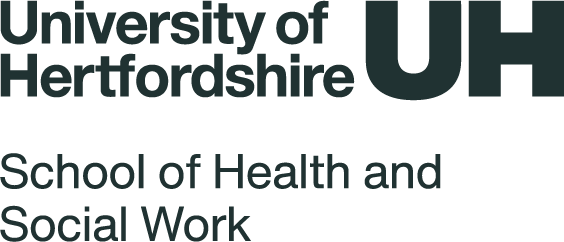
Details of the study
The impact of working practices on midwives’ emotional wellbeing.
Factors explored that were thought to influence emotional wellbeing:
- Individual characteristics (like age and length of experience)
- Work-related factors (like how long it takes to travel to work or whether midwives worked full or part-time)
- Working practices (like how long shifts are, or whether the way midwives were expected to work might affect their ability to rest and recover, either at work or at home).
| Category | Characteristics |
|---|---|
| Individual Characteristics |
|
| Work-related Factors |
|
| Working Practices |
|
What were the emotional wellbeing outcomes explored?
- Whether midwives felt unwell due to work-related stress in the past year
- Whether midwives might be burnout (this is related to fatigue and exhaustion due to stress that has not been addressed). Burnout might be related to someone’s personal life (personal burnout), to their work environment (work-related burnout) or to their work with those in their care (client-related burnout).
- Whether midwives were pleased with the standard of care they could provide
- Job satisfaction
- Whether midwives had thought about leaving midwifery
How was this information collected?
An online survey took place over a 6-week period between September and October 2020.
A total of 2347 survey responses were completed, with representation from midwives across the UK:
- London = 150 responses
- South East of England = 357 responses
- South West of England = 319 responses
- East of England = 237 responses
- The Midlands = 305 responses
- The North West of England = 179 responses
- The North East of England and Yorkshire = 291 responses
- Scotland = 334 responses
- Wales = 82 responses
- Northern Ireland = 93 responses
Overview of Participants
- Most were employed at a band 6 (71%)
- The average age was 40 years (with about a quarter aged under 30)
- Over half of those taking part in the survey had less than 10 years of experience (length of experience ranged from less than one year to 30 or more years).
- Most worked full-time (30 hours or more each week) (74%)
- Midwives that worked on delivery suite/labour ward made up nearly a third of the sample
- More midwives worked in community rather than in a caseload/continuity of care model
Click on any of the headings below to find out more information.
The analysis generated odds ratios to understand if there was any association between something that a midwife has been exposed to (the exposure) and a specific outcome. The odds of a specific outcome happening in one group of midwives is then compared to the odds of the same outcome happening in another group (a reference group).
In this study, the researcher was interested in understanding how the working practices of midwives (the exposure) might influence their emotional wellbeing (the outcome), and whether the individual characteristics of midwives (such as age or length of experience) or how they were scheduled to work (such as full or part-time) influenced outcomes.
An example of this is whether not being able to finish shifts on time (the exposure) contributed to feeling unwell due to work-related stress (the outcome).
The outcome for those not being able to finish on their shifts time (the exposed group) are compared to those that are always able to finish their shifts on time (the unexposed group – the reference group) to see if there is any difference, whilst also controlling for other possible influences.
The results are statistically significant or not.
As this study was undertaken between lockdowns due to Covid-19, the emotional affect of this was also controlled for in the analysis.
If a result shows that there are increased odds of an outcome, it means that midwives who have been exposed to an event (such as not being able to finish shift on time) have a greater chance of experiencing a particular outcome (such as work-related stress) when compared to a group that were not exposed (those always able to finish on time). So, in other words, in this example, it would be the inability to finish shifts on time that contributed to the work-related stress (when all other relevant factors are considered).
If a result shows that there are reduced odds of an outcome, then, like above, midwives who have been exposed to an event (such as receiving their off-duty late) have a lower chance of experiencing a particular outcome (such as job satisfaction) when compared to a group that were not exposed (to receiving their off-duty late). So, in this example, it would be the late receipt of off-duty that negatively influenced job satisfaction (when all other relevant factors are considered).
Some examples:
- An odds ratio of 1.4 means there is a 40% increase in the odds of an outcome with a given exposure.
- An odds ratio of 2.4 means there is a 140% increase in the odds of an outcome with a given exposure, or it might be stated that the odds were almost two and a half times higher.
- An odds ratio of 0.6 means that there is a 40% decrease in the odds of an outcome with a given exposure.